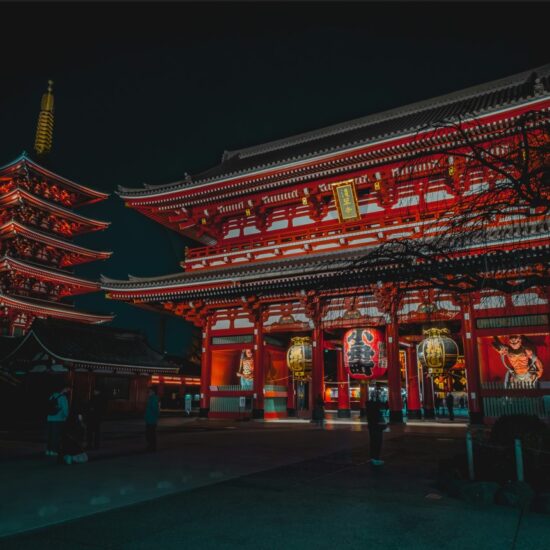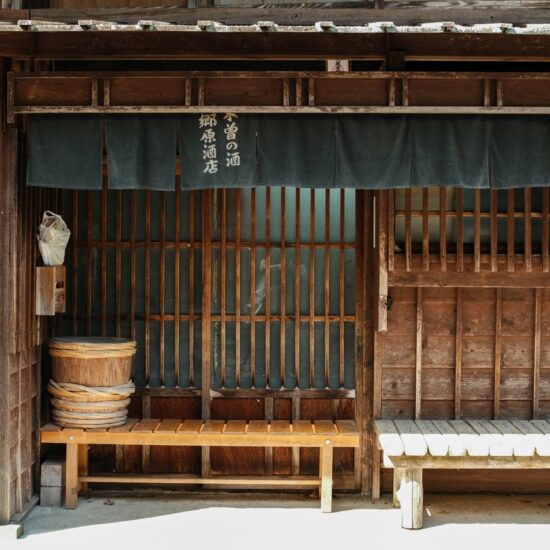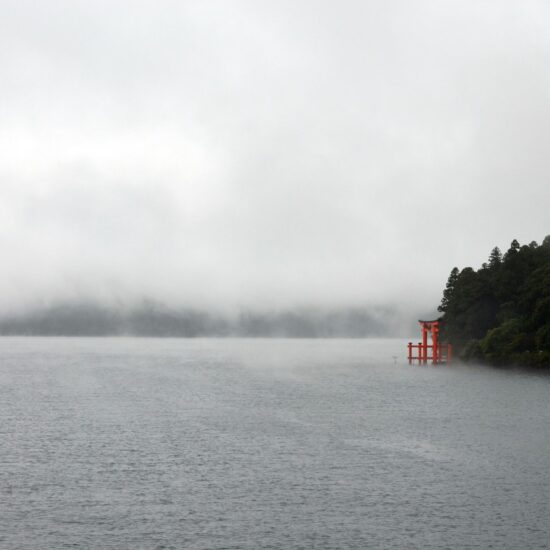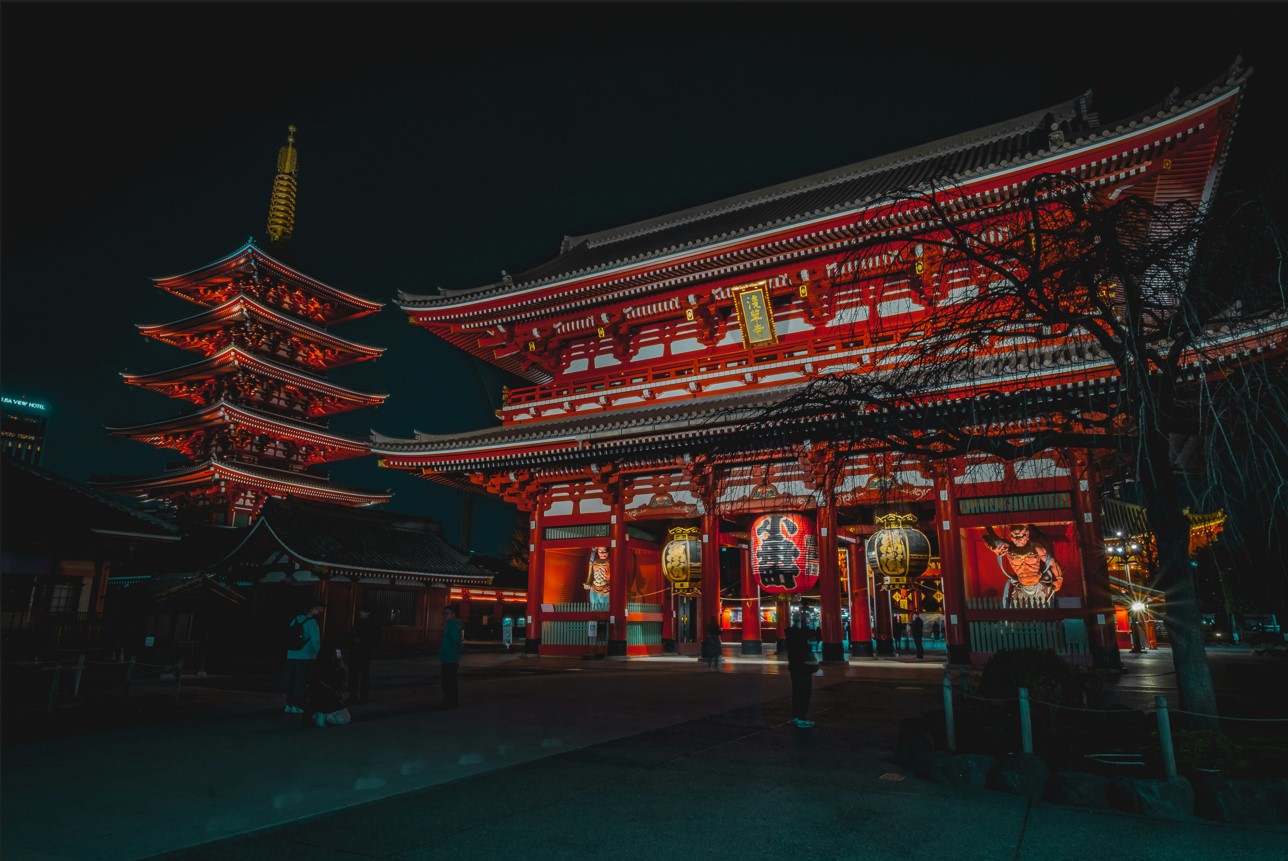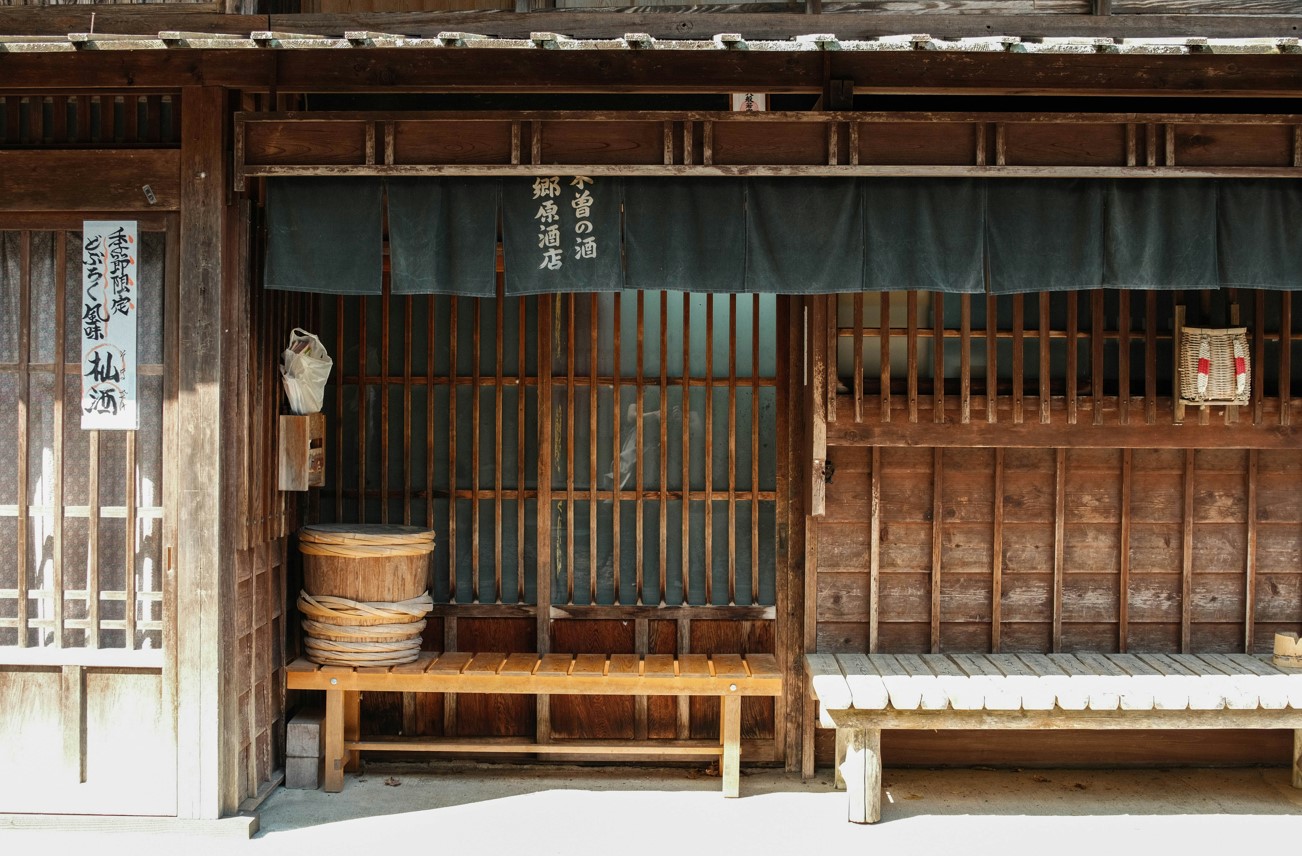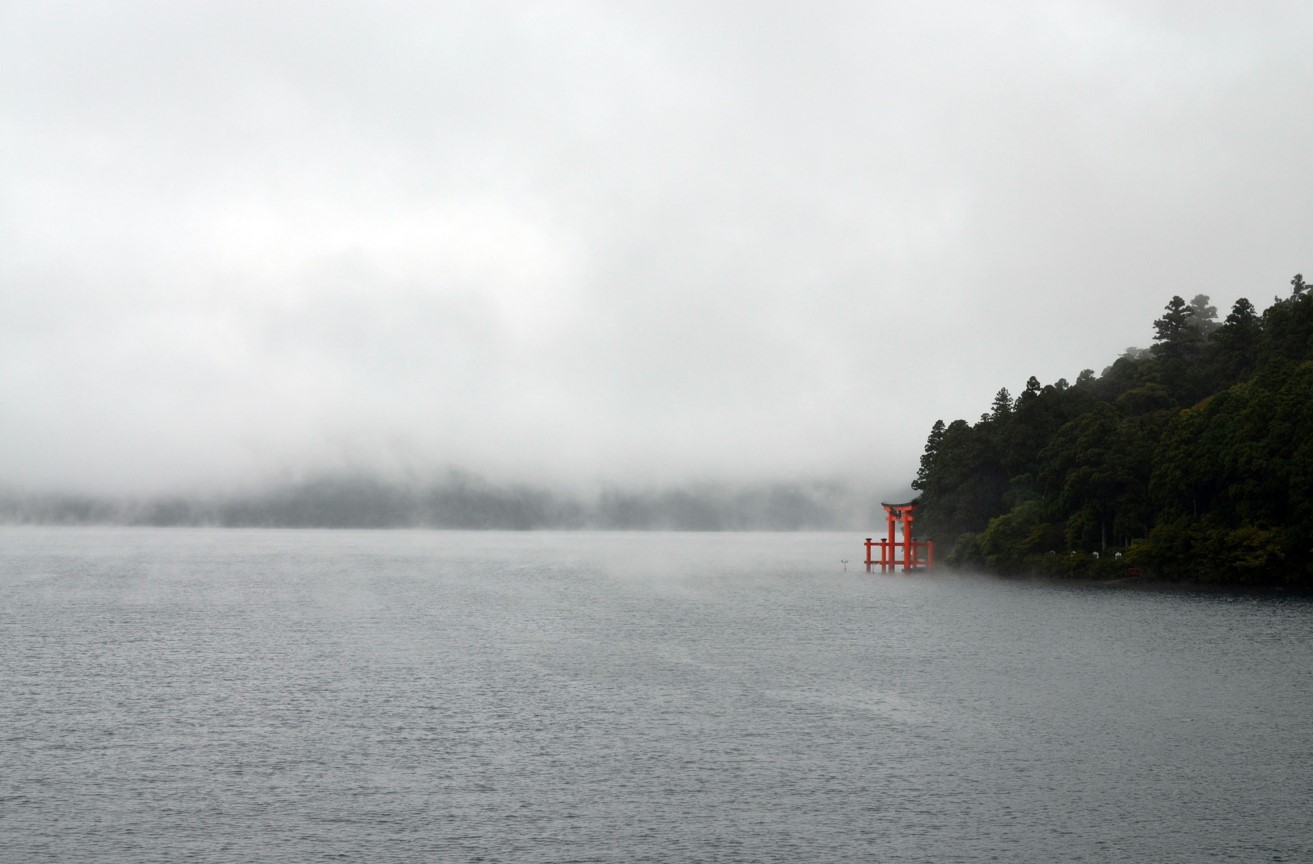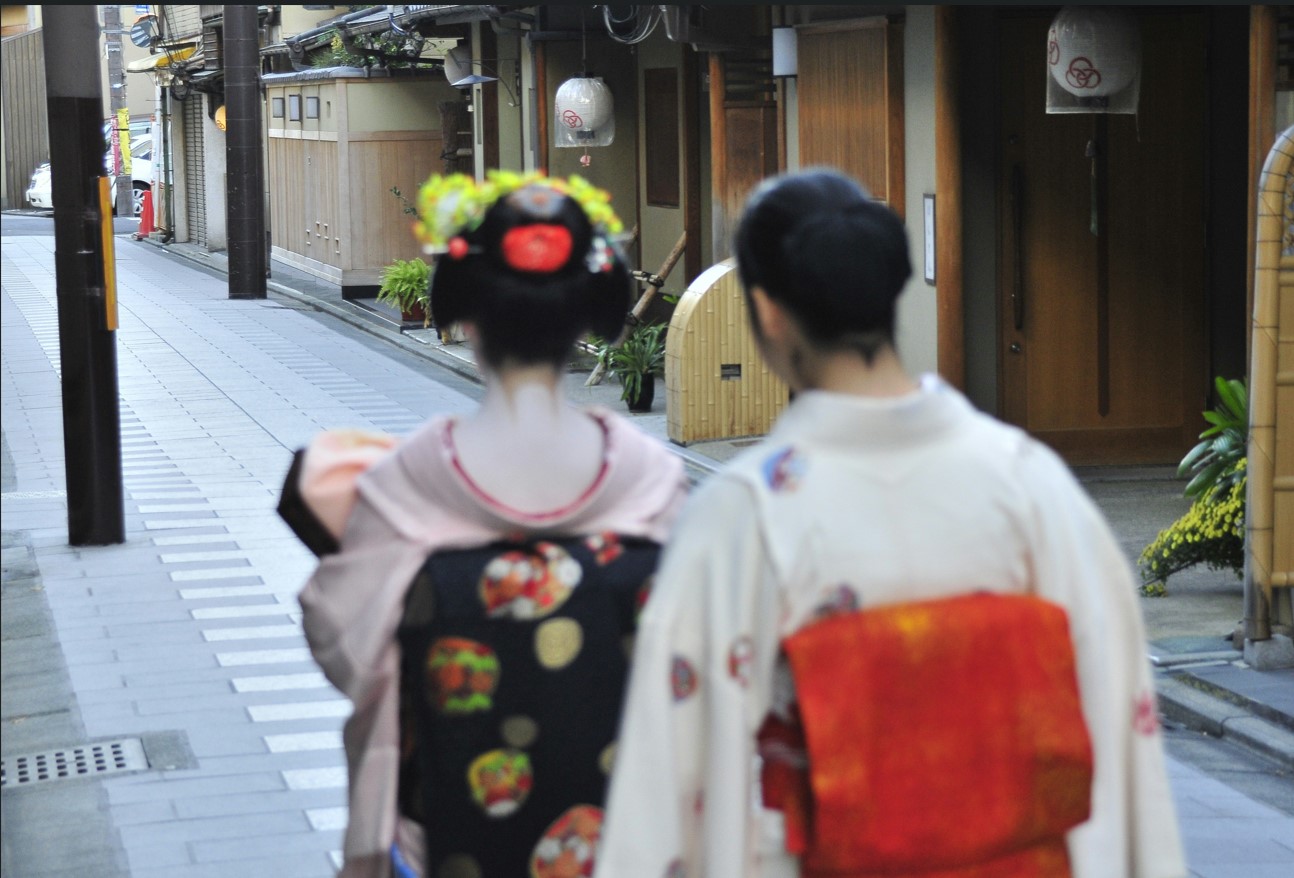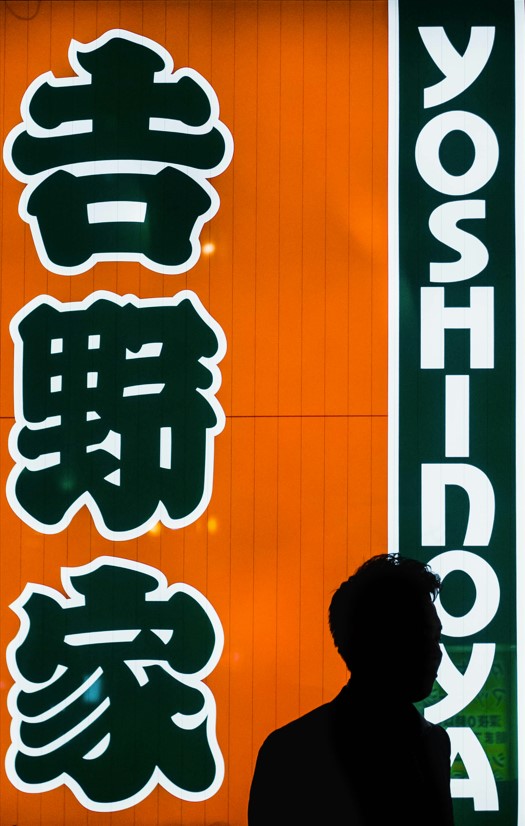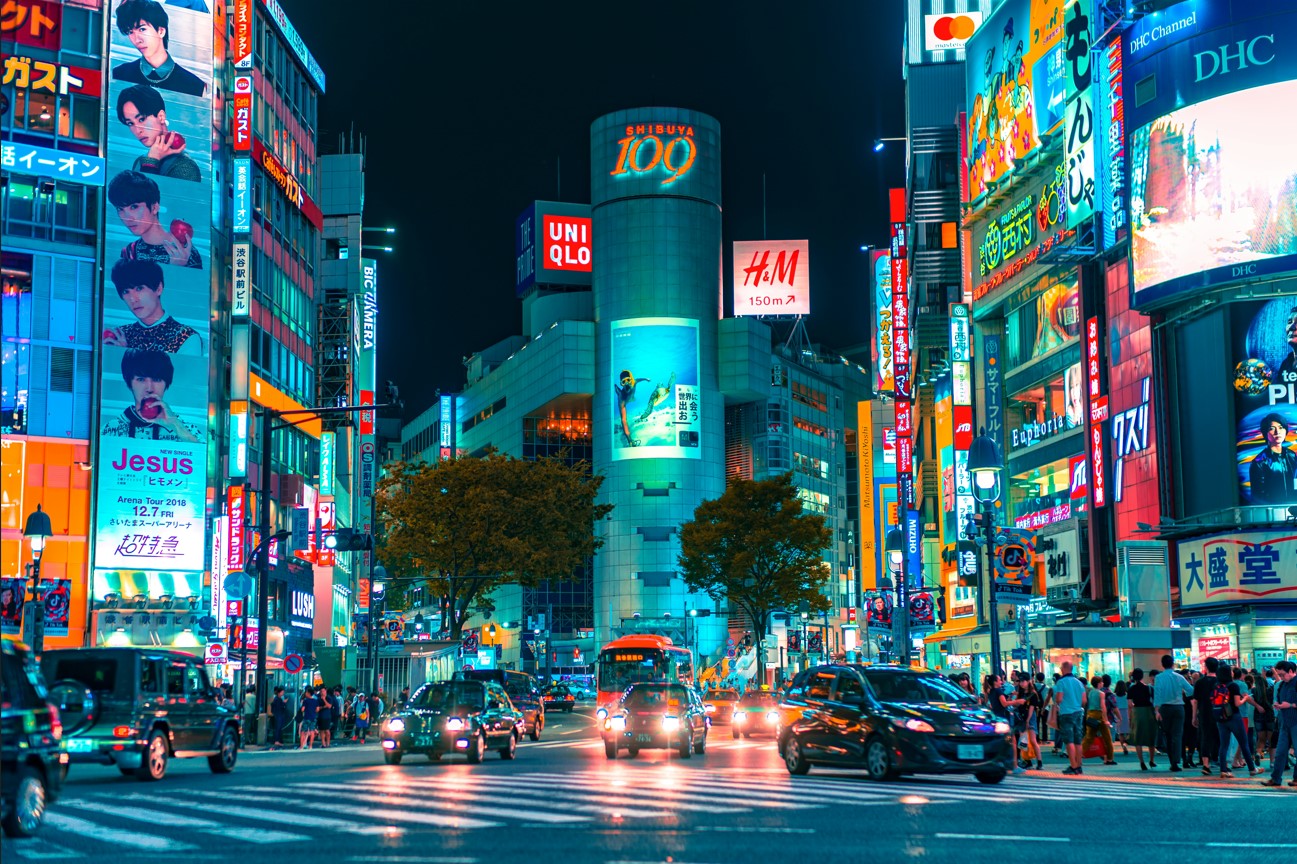Best of Japan holiday package
- TOKYO + KISO VALLEY (PLAN A) / HAKONE N.P. (PLAN B) + KYOTO + KOYASAN + OSAKA.
- JAPAN HOLIDAYS TAILOR MADE TO YOUR EXACT REQUIREMENTS AND BUDGET.
13-night multi centre holiday to Japan
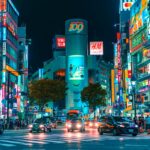
Tokyo
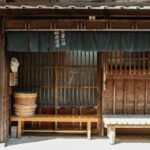
Kiso Valley
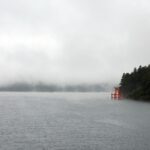
Kakone N.P.
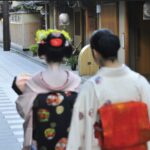
Gion, Kyoto
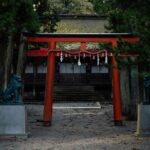
Koyasan
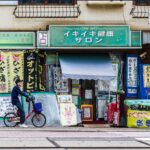
Osaka
PRICE INCLUDES:
RETURN FLIGHTS FROM LONDON
- London Heathrow to Tokyo ( one stop over ). Direct flights available at a supplement.
- Osaka Kansai airport to London ( one stop over )
* U.K. regional departures from Manchester, Birmingham, Edinburgh, New Castle, Belfast available.
* Upgrade to premium economy, business or first class available at a supplement.
JAPAN ACCOMMODATION.
- 4 nights Yose room Skytree view on B&B basis at OMO3 Asakusa by Hoshino Resorts OR double room on B&B basis at Hotel MONday Asakusa, Tokyo.
- 2 nights (PLAN A) twin room on room only basis at The Ryokan O, Nakatsugawa, Magome (Kiso Valley).
- 2 nights (PLAN B) Japanese Western style room on room only basis at Okura Club & Hotels HESTA Hakone, Hakone.
- 3 nights double room on B&B basis at The Machiya Ebisuya boutique hotel, Kyoto.
- 1 night double room with shared bathroom on half board basis at Joki-In Temple (Pilgrim’s Lodging), Koyasan, a UNESCO World Heritage Site. L I M I T E D A V A I L A B I L I T Y.
- 3 nights accommodation Deluxe room on B&B basis at Sotetsu Fresa Inn Osaka Yodoyabashi, Osaka.
ALSO INCLUDED
- Private transfer Tokyo airport – Tokyo hotel on arrival.
- Tokyo: Mount Fuji and Lake Kawaguchi Scenic 1-Day Bus Tour on day 2.
- Private transfer Osaka airport – Kansai hotel on departure.
* Japan tailor made holidays 2025 & 2026 *
- Destination
- IncludedBest of Japan holiday package
- Not IncludedTwin centreMulti destinationSelf drive holidaysHoneymoonWildlife holidays
Welcome to Tokyo!
- 4 nights Yose room Skytree view on B&B basis at OMO3 Asakusa by Hoshino Resorts OR double room on B&B basis at Hotel MONday Asakusa, Tokyo.
Tokyo
Senso-ji Temple: This is Tokyo's oldest and most famous temple. The impressive Kaminarimon (Thunder Gate) leads you into the temple grounds, where you'll find the bustling Nakamise Shopping Street filled with traditional snacks and souvenirs.
Nakamise Shopping Street: This lively street connects Kaminarimon Gate to Senso-ji Temple and is lined with shops selling traditional snacks, crafts, and souvenirs. It's a great place to pick up some unique gifts and try local treats.
Asakusa Shrine: Located next to Senso-ji, this shrine is dedicated to the three men who founded Senso-ji Temple. It's a quieter, more peaceful spot to explore and reflect.
Sumida Park: A beautiful riverside park offering lovely views of the Sumida River and Tokyo Skytree. It's a great place for a leisurely stroll, especially during cherry blossom season.
Tokyo Skytree: Just a short walk or quick train ride from Asakusa, Tokyo Skytree offers breathtaking panoramic views of the city. There's also a shopping complex and aquarium at its base.
Asakusa Culture and Tourist Information Center: Stop by this center for helpful information, free Wi-Fi, and a great observation deck offering views of the Asakusa area.
Hanayashiki Amusement Park: Japan's oldest amusement park, Hanayashiki, is a charming, retro park with rides, games, and fun for all ages.
Kappabashi Street (Kitchen Town): If you're into cooking or just love unique kitchen gadgets, this street is a paradise. You'll find everything from professional-grade knives to intricate food replicas.
Hoppy Street: In the evening, head to Hoppy Street for a taste of local nightlife. This street is famous for its izakayas (Japanese pubs) where you can enjoy drinks and delicious izakaya fare.
Sumida Aquarium: Located in the Tokyo Skytree Town, this modern aquarium features unique displays and a beautiful view of Tokyo Skytree from its rooftop garden.
Tokyo
Discover the scenery and historic landmarks around Lake Kawaguchi on a guided tour from Tokyo. Admire the views of Mount Fuji as you see traditional houses, stunning pagodas, and the colourful flowers and plants of Oishi Park.
Join the tour at the heart of Tokyo, Shinagawa or Shinjuku departure point, and set off towards the Mt. Fuji area. On clear days, you will be able to see Mt. Fuji from afar during the bus ride. Make the first stop at one of Japan's most iconic spots: Arakurayama Sengen Park. Admire the picture-perfect view of the 5 symbolic pagodas with Mount Fuji in the background.
Continue on from Mount Arakurayama and proceed to the Kawaguchiko craft park right next to Kawaguchi Lake. We prepare Wine beef lunch set or Houtou noodles lunch set for you to choose. If you prefer, after lunch you can take time to enjoy walking around the lake as you take in the scenic view of Mount Fuji's reflection on the water.
After this, head to Oishi park which offers seasonal scenery with various types of flowers.
Finally, stop by Saiko Iyashi no Sato Nenba which is located on the banks of Lake Saiko. Take a stroll through the village and marvel at the houses with thatched roofs which will give you a glimpse into life in Japan in the olden days.
Conclude the tour at 6:00 PM when you will be dropped off in Shinjuku.
Tokyo
Day free at leisure to self explore Tokyo.
PLAN A: Kiso Valley. PLAN B: Hakone
Traveling from Asakusa to Magome involves a mix of trains and buses, as Magome is located in the Kiso Valley and is known for its preserved Edo-era post town charm. Here’s a detailed itinerary for your journey:
Take the Ginza Line to Kanda Station (about 10 minutes).
At Kanda Station, transfer to the JR Chuo Line and take the limited express train to Shiojiri Station. This part of the journey takes around 2.5 hours. Arrive at Shiojiri Station. Here, transfer to the JR Chuo Line bound for Nakatsugawa Station. This journey takes about 45 minutes. Finally, take a local bus to Magome (30 minutes).
- 2 nights twin room on room only basis at The Ryokan O, Nakatsugawa, Magome (Kiso Valley).
PLAN B: Tokyo to Hakone.
Traveling from Asakusa to Hakone involves a combination of trains and a switch to the Hakone Tozan Railway or buses depending on your exact destination within Hakone. Here’s a detailed itinerary for your journey:
Head to Asakusa Station. Take the Ginza Line to Shimbashi Station (about 20 minutes).
At Shimbashi Station, transfer to the JR Tokaido Line (also known as the Shonan-Shinjuku Line) bound for Odawara Station. This part of the journey takes around 1 hour and 30 minutes.
Arrive at Odawara Station. Hakone Free Pass
Purchase a Hakone Free Pass at Odawara Station if you haven't already. This pass covers most transportation in the Hakone area and is very convenient for exploring.
Take the Odakyu Line from Odawara Station to Hakone-Yumoto Station. This ride takes about 15 minutes.
- 2 nights (PLAN B) Japanese Western style room on room only basis at Okura Club & Hotels HESTA Hakone, Hakone.
PLAN A: Kiso Valley. PLAN B: Hakone
Explore the historic post towns of Magome and Tsumago in the Kiso Valley is a wonderful experience filled with scenic beauty and a glimpse into Japan's Edo-era past. Here’s a perfect itinerary for self-exploring these charming towns:
Magome-juku: Stroll along the picturesque main street, lined with well-preserved Edo-period buildings, traditional inns, and shops selling local crafts and foods. Enjoy the scenic views from various points in the town, and visit historical spots such as the Magome Waki-Honjin Museum to learn about the town’s history as a post town on the Nakasendo route.
Hike from Magome to Tsumago, Nakasendo Trail: Begin your hike from Magome to Tsumago. The well-marked trail takes about 2-3 hours to complete and offers beautiful views of the countryside, forests, and traditional farmlands. Waterfalls and Rest Stops: Along the way, you’ll pass by picturesque waterfalls, traditional teahouses, and rest stops where you can take a break and enjoy the serene environment.
PLAN B: HAKONE NATIONAL PARK.
Staying in Hakone offers a fantastic opportunity to explore its diverse attractions at a leisurely pace. Here’s a perfect itinerary for self-exploring Hakone in one day:
Visit the Hakone Open-Air Museum. This museum features a stunning collection of sculptures set in a beautiful outdoor setting, along with indoor exhibits, including the Picasso Pavilion. Don't forget to enjoy the hot spring foot bath.
Cable Car and Ropeway to Owakudani. Take the Hakone Tozan Cable Car from Gora to Sounzan Station (10 minutes), then transfer to the Hakone Ropeway to Owakudani (10 minutes).
Owakudani: Explore the volcanic valley with its hot springs and sulfur vents. Try the famous black eggs, which are said to add seven years to your life! Enjoy the stunning views and learn about the geothermal activity in the area.
Take the Hakone Ropeway to Togendai Station (16 minutes). Enjoy a lakeside lunch at one of the restaurants around Lake Ashi, offering beautiful views of the lake and Mount Fuji (on clear days).
Lake Ashi Cruise. Board a sightseeing cruise on Lake Ashi. The cruise offers picturesque views of the surrounding mountains and, if the weather is clear, Mount Fuji.
Explore Hakone Shrine. Disembark at Hakone-machi or Moto-Hakone. Visit Hakone Shrine, known for its iconic red torii gate standing in the water of Lake Ashi. The serene atmosphere and lush surroundings make it a peaceful place to explore.
Hakone Checkpoint and Historical Exploration. Walk or take a short bus ride to the Hakone Checkpoint Museum. This historical site offers insights into the Edo period and features reconstructed buildings and exhibits about the old Tokaido highway.
Tea and Relaxation at Gora Park. Take the bus back to Gora and visit Gora Park. This French-style landscape park has beautiful gardens, a tea house, and a greenhouse. Enjoy a relaxing walk and perhaps some tea at the traditional tea house.
Head back to your ryokan. If your accommodation has an onsen (hot spring), unwind and soak in the therapeutic waters before dinner.
Travel to Kyoto
To travel from Magome to Kyoto, you have a couple of options depending on your preference for speed and convenience:
1. Train Route (Recommended): - Take a bus or taxi from Magome to Nakatsugawa Station. - From Nakatsugawa Station, take the JR Chuo Line Limited Express train to Nagoya Station. - At Nagoya Station, transfer to the JR Tokaido Shinkansen (bullet train) bound for Kyoto Station.
This route is efficient and relatively fast, especially with the Shinkansen part of the journey. It's advisable to check train schedules in advance.
2. Bus Route: - Take a bus from Magome to Nagoya. - From Nagoya, take a highway bus directly to Kyoto.
Buses can be a bit slower and less frequent than trains, but they can be more straightforward if you prefer not to transfer multiple times.
PLAN B: Travel from Hakone to Kyoto:
To travel from Hakone to Kyoto, the most efficient and popular way is to use a combination of local transportation and the Shinkansen (bullet train). Here's a detailed guide:
1.From Hakone to Odawara: - Take the Hakone Tozan Railway from Hakone-Yumoto Station to Odawara Station. This journey takes about 15 minutes. - Alternatively, you can take a bus from Hakone to Odawara, which might take a bit longer depending on traffic.
2. From Odawara to Kyoto: - At Odawara Station, board the JR Tokaido Shinkansen. There are two types of Shinkansen you can take: - Hikari: Faster, with fewer stops. The journey to Kyoto takes about 2 hours. - Kodama: Slower, with more stops. The journey takes about 2.5 to 3 hours.
It's recommended to take the Hikari Shinkansen if available for a quicker trip.
Tips:
- Tickets: You can purchase Shinkansen tickets at Odawara Station. If you have a Japan Rail Pass, it can be used for the Hikari Shinkansen but not for the faster Nozomi trains. - Luggage: Be mindful of luggage space on the Shinkansen. There is limited room for large bags. - Timing: Check the train schedules in advance, especially during peak travel times, to ensure you have the best connection.
- 3 nights double room on B&B basis at The Machiya Ebisuya boutique hotel, Kyoto.
Kyoto
Morning:
1. Fushimi Inari Taisha: - Why Visit: Famous for its thousands of vermilion torii gates, this shrine offers a mesmerizing path up Mount Inari. - Tips: Go early to avoid the crowds and to experience the peaceful atmosphere.
2. Kiyomizu-dera Temple: - Why Visit: Known for its wooden stage that juts out from the main hall, this UNESCO World Heritage site offers stunning views of Kyoto. - Tips: Walk through the historic streets of Higashiyama leading up to the temple.
3.Nishiki Market: - Why Visit: Often referred to as "Kyoto’s Kitchen," this market is perfect for trying local delicacies and street food. - Tips: Sample a variety of foods from fresh seafood to traditional sweets.
4. Gion District: - Why Visit: The famous geisha district with traditional wooden machiya houses. - Tips: Wander around Hanami-koji Street and keep an eye out for geiko and maiko (apprentice geisha).
5. Yasaka Shrine: - Why Visit: Located at the end of Shijo Avenue in the Gion District, it's a vibrant and active shrine. - Tips: Explore the shrine and the adjacent Maruyama Park, which is particularly beautiful during cherry blossom season.
6. Philosopher’s Path: - Why Visit: A picturesque walkway along a canal, lined with cherry trees. - Tips: Enjoy a leisurely stroll and visit nearby temples like Ginkaku-ji (Silver Pavilion).
7. Pontocho Alley: - Why Visit: One of Kyoto’s most atmospheric dining areas, known for its traditional architecture and riverside dining. - Tips: Enjoy a kaiseki (multi-course) meal or choose from the many restaurants and izakayas offering local cuisine.
8. Kamo River: - Why Visit: A relaxing spot to end your day. Sit by the riverbank and watch the city come alive with lights. - Tips: It’s a popular spot for locals and tourists alike, great for people-watching and soaking in the ambiance.
Bonus Tips: - Transportation: Use Kyoto’s efficient public transport system, including buses and trains. Consider getting a day pass for unlimited travel. - Dress Comfortably: You'll be doing a lot of walking, so wear comfortable shoes and dress in layers. - Cultural Etiquette: Be respectful at shrines and temples. Follow local customs, such as bowing at shrines and taking off shoes when required.
Enjoy your first day exploring the rich culture, history, and beauty of Kyoto!
Kyoto
Kyoto - Koyasan
Traveling from Kyoto to Koyasan (Mount Koya) involves a few transfers, but it's a scenic and worthwhile journey. Here's a detailed guide to help you make the trip:
Step-by-Step Travel Plan:
1. Kyoto to Osaka: - Train: Take the JR Tokaido Shinkansen (Hikari or Kodama) from Kyoto Station to Shin-Osaka Station. This journey takes about 15 minutes. Alternatively, you can take the JR Special Rapid Service from Kyoto Station to Osaka Station, which takes about 30 minutes.
2. Osaka to Namba: - Train: From Shin-Osaka Station, transfer to the Osaka Metro Midosuji Line and travel to Namba Station. This takes about 15 minutes.
3. Namba to Gokurakubashi: - Train: At Namba Station, switch to the Nankai Koya Line. Take the Limited Express train to Gokurakubashi Station. This part of the journey takes approximately 90 minutes.
Tickets: You can purchase a Koyasan World Heritage Ticket at Namba Station, which includes round-trip train fare, cable car fare, and unlimited bus rides in Koyasan for a set period.
4. Gokurakubashi to Koyasan: - Cable Car: From Gokurakubashi Station, take the Nankai Cable Car up to Koyasan Station. This scenic ride takes about 5 minutes.
5. Koyasan Station to Your Destination: - Bus: From Koyasan Station, take a local bus to your specific destination within Koyasan. The buses are frequent and well-marked, taking you to various key spots such as Okunoin, Danjo Garan, and the main temple complexes.
Tips for the Journey: - Timetables: Check train and cable car schedules in advance to plan your transfers smoothly. The Nankai Koya Line trains and cable cars run frequently, but it’s good to be prepared. - Luggage: Travel light if possible, as the cable car and local buses have limited space for large luggage. - Tickets: The Koyasan World Heritage Ticket offers convenience and cost savings. It’s available for purchase at Nankai Namba Station. - Weather: Koyasan can be cooler than Kyoto, especially in the evening. Bring appropriate clothing.
Things to Do in Koyasan: - Okunoin Cemetery: A must-visit, it is Japan’s largest cemetery and a serene, spiritual place. - Danjo Garan Complex: One of the main temple complexes in Koyasan, featuring beautiful pagodas and halls. - Kongobuji Temple: The head temple of the Shingon Buddhism sect, with stunning rock gardens and historic interiors. - Temple Lodging (Shukubo): Experience staying in a temple lodging, which often includes vegetarian monk’s cuisine (shojin ryori) and morning prayers.
Enjoy your journey from Kyoto to the tranquil and spiritual haven of Koyasan!
- 1 night double room with shared bathroom on half board basis at Joki-In Temple (Pilgrim's Lodging), Koyasan, a UNESCO World Heritage Site.
Koyasan - Osaka
To travel from Koyasan to Osaka, you'll follow a reverse route from when you arrived. Here’s a step-by-step guide to help you navigate the journey:
Step-by-Step Travel Plan:
1. Koyasan to Gokurakubashi: - Cable Car: From Koyasan Station, take the Nankai Cable Car down to Gokurakubashi Station. This short ride takes about 5 minutes.
2. Gokurakubashi to Namba (Osaka): - Train: At Gokurakubashi Station, take the Limited Express train on the Nankai Koya Line to Namba Station in Osaka. This part of the journey takes approximately 90 minutes. - Tickets: If you have a Koyasan World Heritage Ticket, it covers this journey as well, including the cable car and train ride.
3. Namba to Your Destination in Osaka: - Upon arriving at Namba Station, you can easily transfer to other parts of Osaka using the Osaka Metro or JR lines, depending on your destination within the city.
Tips for the Journey: - Schedule: Check the train and cable car schedules in advance, especially if you have specific timing for your onward journey from Osaka. - Luggage: Ensure your luggage is manageable as you'll be using a cable car and possibly navigating through train stations. - Koyasan World Heritage Ticket: If you purchased this ticket, make sure to have it handy for the return trip to Osaka as well.
Additional Considerations: - Weather: Koyasan can have different weather conditions compared to Osaka, so prepare accordingly. - Local Buses: If needed, local buses in Koyasan connect various parts of the town including the cable car station and major temples.
By following this guide, you should have a smooth journey from the serene mountaintop retreat of Koyasan back to the vibrant city of Osaka.
- 3 nights accommodation Deluxe room on B&B basis at Sotetsu Fresa Inn Osaka Yodoyabashi, Osaka.
Osaka
Osaka is a vibrant city with a rich cultural heritage, delicious food, and exciting attractions. Here's a list of the top things to do while visiting Osaka:
1. Osaka Castle (Osaka-jo) - Why Visit: A historic landmark surrounded by beautiful gardens. The castle museum inside provides insights into the history of Osaka. - Tips: Visit during cherry blossom season for spectacular views.
2. Dotonbori - Why Visit: This lively entertainment district is famous for its neon lights, street food, and the iconic Glico Running Man sign. - Tips: Try local street food like takoyaki (octopus balls) and okonomiyaki (savory pancakes).
3. Shinsaibashi Shopping Arcade - Why Visit: A popular shopping destination with a mix of international brands, local boutiques, and eateries. - Tips: Combine this with a visit to Dotonbori as they are close to each other.
4. Universal Studios Japan - Why Visit: A top-notch theme park featuring attractions based on popular movies and characters, including Harry Potter, Minions, and Jurassic Park. - Tips: Get a Universal Express Pass to skip the lines for popular rides.
5. Osaka Aquarium Kaiyukan - Why Visit: One of the largest aquariums in the world, featuring a diverse range of marine life from the Pacific Ocean. - Tips: Visit during feeding times for an interactive experience.
6. Umeda Sky Building - Why Visit: An architectural marvel with an observatory offering panoramic views of the city. - Tips: Visit in the evening for stunning sunset and night views.
7. Sumiyoshi Taisha Shrine - Why Visit: One of Japan’s oldest Shinto shrines with unique architectural features and serene surroundings. - Tips: Check out the iconic arched bridge, Sorihashi.
8. Osaka Museum of History - Why Visit: Learn about Osaka’s rich history through interactive exhibits and displays. - Tips: The museum offers great views of Osaka Castle from its top floors.
9. Namba Yasaka Shrine - Why Visit: Known for its unique lion-head-shaped stage, this shrine is a hidden gem in the bustling Namba area. - Tips: Visit in the early morning for a peaceful experience.
10. Nakanoshima Park - Why Visit: A beautiful urban park located on an island in the middle of the city, featuring rose gardens and scenic riverside walks. - Tips: Perfect for a leisurely stroll or a picnic.
11. Kuromon Ichiba Market - Why Visit: A lively market known for its fresh seafood, produce, and street food. - Tips: Try some freshly prepared sushi or sashimi.
12. Hozenji Temple - Why Visit: A small, atmospheric temple famous for its moss-covered statue of Fudo Myo-o. - Tips: Don’t miss the charming Hozenji Yokocho alley nearby, lined with traditional restaurants and izakayas.
13. Tennoji Park and Zoo - Why Visit: A large park with a variety of attractions including a zoo, the Osaka City Museum of Fine Arts, and Keitakuen Garden. - Tips: Visit the Abeno Harukas building nearby, the tallest skyscraper in Japan, for more stunning views.
14. Eat at Local Restaurants - Why Visit: Osaka is known as the "Kitchen of Japan." Enjoy delicious local dishes like kushikatsu (deep-fried skewers), kitsune udon, and Osaka-style sushi. - Tips: Explore local eateries and izakayas for authentic dining experiences.
15. Namba Parks - Why Visit: An innovative shopping complex with rooftop gardens offering a mix of nature and urban retail therapy. - Tips: Enjoy the garden views and a variety of dining options.
Enjoy your time exploring the dynamic and exciting city of Osaka!
Osaka
Last day
Return flight home.
TOUR LOCATION
Japan




